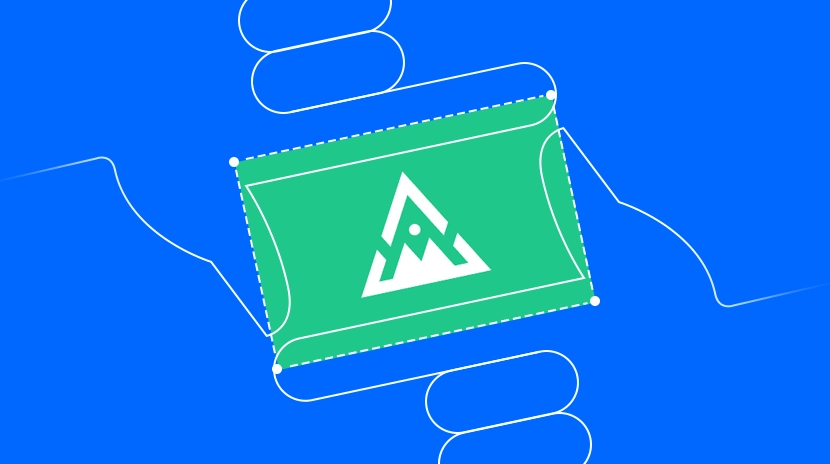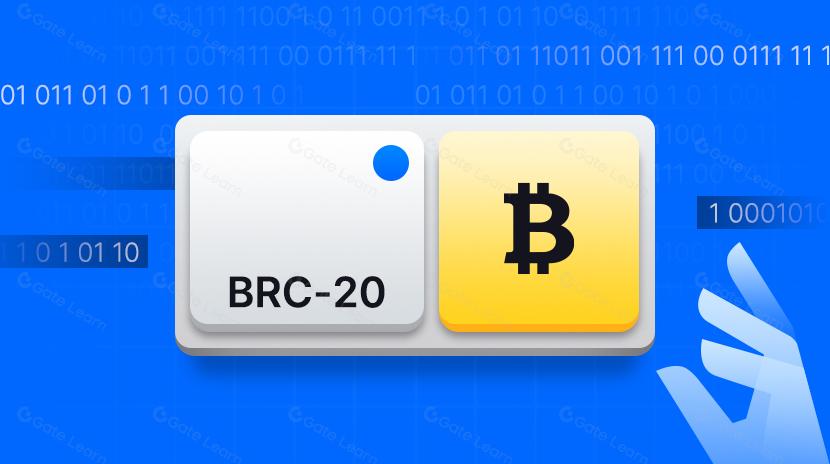did bitcoin have a premine

As the first decentralized cryptocurrency, Bitcoin's fairness in distribution has been a topic of industry discussion. Bitcoin did not have a premine, and the Bitcoin network created by Satoshi Nakamoto implemented a completely transparent launch mechanism. On January 3, 2009, the Bitcoin genesis block was mined, officially launching the network. Satoshi did not secretly mine or pre-allocate any tokens before making the network public. Instead, after publishing the Bitcoin whitepaper, Satoshi publicly announced the network launch time, giving all interested participants equal opportunity to participate in mining. This fair launch mechanism has become an exemplar for many subsequent cryptocurrency projects and is an important reason why Bitcoin is widely recognized as one of the most decentralized cryptocurrencies.
Background: What is the origin of Bitcoin?
Satoshi Nakamoto published the Bitcoin whitepaper, "Bitcoin: A Peer-to-Peer Electronic Cash System," on October 31, 2008, detailing the design principles of this innovative payment system.
On January 3, 2009, Satoshi mined the Bitcoin genesis block (block height 0), which included the famous message: "The Times 03/Jan/2009 Chancellor on brink of second bailout for banks." This served both as commentary on the financial crisis at the time and provided clear evidence of Bitcoin's birth date.
While Satoshi did mine a significant amount of Bitcoin in the early days, estimated at around 1 million BTC according to research, this mining activity occurred after the network was publicly operational and when anyone had the opportunity to participate, thus not constituting a premine.
It's worth noting that during Bitcoin's early days, with very few participants and low difficulty, Satoshi was able to obtain a large number of Bitcoin rewards using ordinary computers. This was the result of fair competition rather than pre-arranged privilege.
Work Mechanism: How does Bitcoin work?
The Bitcoin network uses a Proof of Work (PoW) consensus mechanism where all participants need to solve complex mathematical puzzles (mining) to compete for the right to add blocks and receive block rewards.
Bitcoin's distribution relies entirely on the transparent mining process:
- Anyone can participate in mining by running the Bitcoin client software
- Block rewards automatically adjust according to a preset halving mechanism, initially set at 50 bitcoins per block
- Approximately every four years (precisely every 210,000 blocks), the block reward is halved
- The system design ensures that the total supply of Bitcoin will never exceed 21 million coins
Unlike many subsequent cryptocurrency projects, Bitcoin had no ICO (Initial Coin Offering), presale, or tokens reserved for the development team. Its token distribution is achieved entirely through the open competitive mining mechanism.
Future Outlook: What's next for Bitcoin?
Bitcoin's fair launch model has become an important standard for evaluating the quality of cryptocurrency projects. As block rewards continue to halve, Bitcoin's scarcity further increases:
- Bitcoin has already undergone three halvings, with the current block reward at 6.25 bitcoins
- The fourth halving is expected to occur in 2024, reducing the block reward to 3.125 bitcoins
- The final bitcoin is projected to be mined around the year 2140
Bitcoin's no-premine design and fair distribution mechanism continue to influence the development of the entire cryptocurrency industry. As block rewards gradually decrease, mining revenue will increasingly shift toward transaction fees, and the long-term sustainability of the network will depend on a healthy transaction ecosystem.
As the first non-premined decentralized cryptocurrency, Bitcoin's fair launch set the standard for the entire industry. Although founder Satoshi Nakamoto did obtain a significant amount of Bitcoin in the early days, this was achieved through fair competition after the network was made public, rather than through pre-allocation. This fair distribution mechanism has earned Bitcoin widespread trust and became an important standard for evaluating other crypto projects. Bitcoin's no-premine characteristic, combined with its fixed supply cap and halving mechanism, collectively form the foundation of its qualities as digital gold, which is why Bitcoin maintains its dominant position in the cryptocurrency market.
Share
Related Articles

In-depth Explanation of Yala: Building a Modular DeFi Yield Aggregator with $YU Stablecoin as a Medium

BTC and Projects in The BRC-20 Ecosystem
